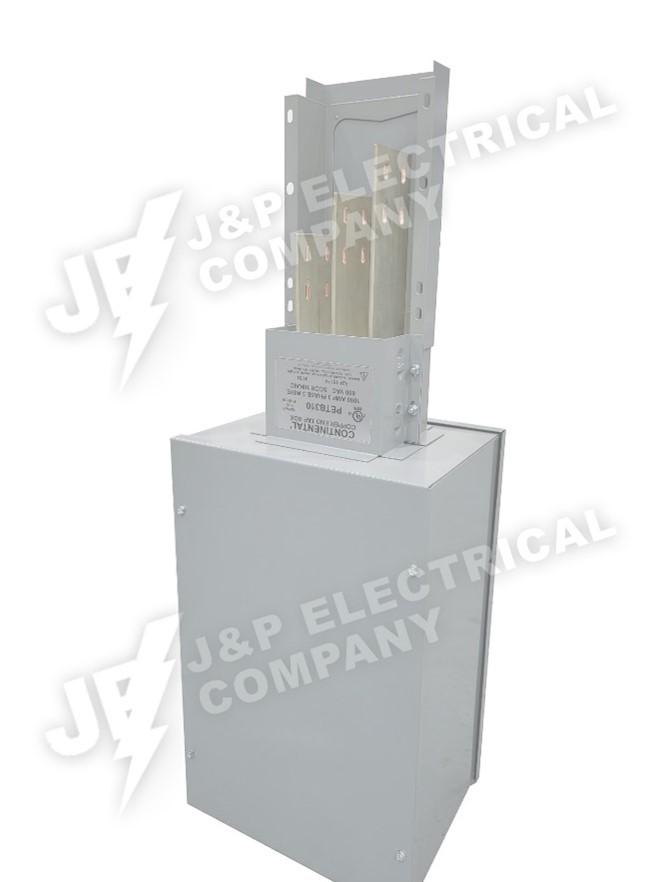
An electrical tap box is a crucial device used in both portable and permanent power distribution setups. Often referred to as splitter boxes or pull boxes, these units are specialized junction boxes that feature a backplate equipped with copper busbars for each electrical phase and mechanical lugs. These lugs are designed to connect with large cables, such as those 500 MCM and above, enabling the distribution of power to multiple smaller cables, like 2/0 or 4/0 AWG, leading to various power distribution units.
The primary function of a tap box is to serve as a central point for connecting larger feeder cables, facilitating more efficient power distribution. Tap boxes are available in single-phase or three-phase configurations ranging from 400A to 3000A. They are engineered to provide a high-quality, safe, and sustainable alternative for easy connection and distribution of large wires and cables. These boxes offer a superior connection point compared to standard pull-boxes on the market, aiming to enhance the efficiency and safety of electrical power distribution.
Selecting the Right Electrical Tap Box
Choosing a suitable electrical tap or splitter box hinges primarily on its purpose. The optimal tap box configuration varies significantly depending on its use. Key factors to consider include the size of both incoming and outgoing cables, required voltage, total amperage for the load, and any potential limitations, such as wall space availability, the number of units requiring power, and budget constraints. Identifying these needs and constraints is crucial for tailoring the electrical tap box to your project’s requirements.
Electrical Tap Boxes in the Commercial Sector
Tap boxes are essential for commercial and industrial settings, especially where standby generators are central during power outages. Facilities like airports, supermarkets, hospitals, and data centers often house electrical rooms with critical components such as automatic transfer switches and transformers to maintain power. Additionally, these establishments frequently conduct load bank testing on generators to verify emergency power readiness.
Installing a tap box simplifies connecting cables to necessary units for maintenance and load bank testing. However, testing standby generators effectively requires more than just a tap box. Essential equipment includes the standby or portable generator, a load banking station, appropriate cables, and the tap box for connecting larger wires and redistributing power to various units.
For Tap Box Inquiries and More, Contact J&P Electrical!
The benefits offered by our electrical tap boxes significantly surpass the initial investment, providing you with a durable junction box that facilitates safe and efficient power distribution. Get in touch with J&P Electrical today for all your substantial electrical requirements.
_____________
J&P Electrical is a full-service electrical supply company. At J&P, we source contractors, end-users, and supply houses with new surplus, quality reconditioned, and obsolete electrical equipment. We also purchase a wide range of heavy industrial electrical equipment such as bus plugs, bus duct, transformers, circuit breakers, fuses, and switchboards. Call us at 877-844-5514 for assistance.
Written by the digital marketing team at Creative Programs & Systems: https://www.cpsmi.com/